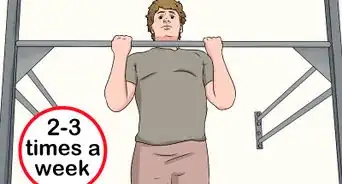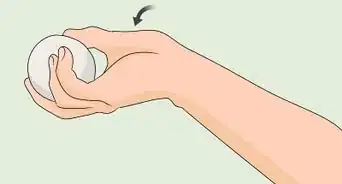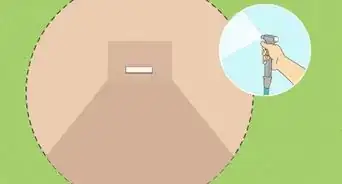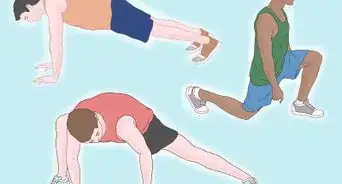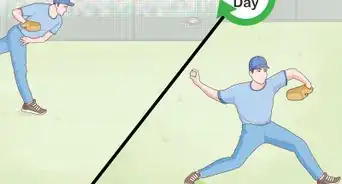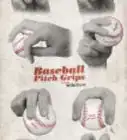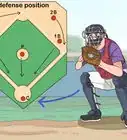wikiHow is a “wiki,” similar to Wikipedia, which means that many of our articles are co-written by multiple authors. To create this article, 44 people, some anonymous, worked to edit and improve it over time.
This article has been viewed 125,478 times.
Learn more...
The forkball is a much nastier, slower version of the split-fingered fastball. When done well, the ball will spear downwards late on and leave the batter swinging at thin air. It has largely fallen out of favour in the major leagues, but still appears now and then to devastating effect. It's a very tough pitch to master and its relative decline may be in part due to the stress it places on elbows and the risk of injury. Because of this, it is not recommended for those who are still growing and developing.[1] If you can pull it off, however, you have a serious pitch in your armoury.
Steps
Getting the Right Grip
-
1Grip the ball with your middle and index fingers. The forkball is gripped between your middle and index fingers. Start by placing these fingers on the seams in the same way you would if you were throwing a two-seam fast ball.[2]
-
2Spread out your fingers further. For a forkball you need a very wide grip. So once you have your fingers on the seams you need to try to spread them out even further so they go outside the seams. This will help you grip the ball more deeply between your index and middle finger than an ordinary split-fingered fast ball.[3]Advertisement
-
3Tuck your thumb under the ball. With a forkball grip, most of the work is being done by the index and middle fingers. Your thumb should be bent and held under the ball. Your thumb is supporting the ball more than gripping it.
-
4Jam the ball deep into your two fingers for a tight grip. The two main differences to a split-seam fastball grip are how wide you spread your fingers, and how deep into your grip you hold the ball.[4] When you are holding the ball you will feel how the wider your grip, the further the ball will be pushed into your fingers. You want to jam the ball as deep into your grip as you can comfortably.
-
5Don't overstretch your fingers. The forkball requires an especially wide grip and as such is easier to pull off if you have long fingers. This is one of the reasons why younger players will find it very difficult to do, and it is generally seen as a pitch to learn once you are fully grown. Some major league teams even actively discourage young players learning it due to the risk of injury.[5]
- A grip with fingers so far apart puts added stress on the elbow.[6]
Pitching the Forkball
-
1Bring your arm back. A forkball is pitched with basically the same arm action as a regular fastball. The wide finger grip is the main factor in producing the forkball's distinctive action which sees it tail off or drop down right at the last minute. Starting with feet shoulder width apart and facing your catcher, get into your wind-up position. When you're ready to pitch bring your arm back as you would for a split-fingered fastball.[7]
- Shift your weight a little to your left (for right handers), and pivot your right foot so it is beside the rubber and the outside of your foot is pressing against the mound.
- Raise your left leg so your thigh is parallel to the ground or higher. As you do this your body will turn to the right to face third base.
- Bring back your throwing arm, while you hold your left arm in front of you with the elbow bent.
-
2Bring your arm forward. Now it's time to pitch. Keep your grip nice and wide with your thumb beneath the ball for support. You should be using the same action as with a fastball, but with just a slightly stiffer wrist.[8] To keep your wrist stiff, hold it firmly in place and don't allow it to flex or rotate until the snap as you release it.
- Begin to lower your front leg without allowing it to touch the ground.
- As you do this, stride out with this leg and begin to swing up your throwing arm.
- Land your front foot at a 75 degree angle to the plate.
- Push off your back foot, and pivot your front foot so it is at a 90 degree angle from the plate.
- As you do this extend your pitching arm as far as you can.
-
3Release the ball. When you come to release the ball, it should come out of your hand at the same point and height as a fastball would, with your elbow in a straight line above your shoulder. This makes it harder for the batter to tell that it is a forkball as it leaves your hand. If you manage to get this right, hiding what kind of pitch you are throwing will give the batter less of a chance to react to the pitch's unusual trajectory.
- Aim to have your pitching elbow aligned with your shoulders as you release the ball.
- Follow through with your pitching arm and raise your back leg for more power.
- Forkballs are normally thrown hard, just like a fastball, but the changed grip will mean it comes out of the hand at a lower speed.[9]
-
4Snap your wrist as you release the ball. After the wide grip, the second crucial factor for a successful forkball is imparting topspin on the ball as it leaves your hand. You do this by snapping your wrist at the moment you release the ball. If this is done well, it causes the ball to have some topspin, or forward spin, rather than any backspin. The topspin causes the ball to fall downwards as it reaches the batter.[10]
- Snapping the wrist like this can lead to injury.
Practising your Forkball
-
1Concentrate on your arm action. Although a good pitch requires your whole body to work fluidly, you can train specific parts with particular drills. A good drill to do that focuses on your arm action during a pitch are knee throwing drills. If you are right hander, kneel down on your right knee and pitch the ball to a friend from this position.
- For lefties do the opposite side.
-
2Focus on keeping a stiff wrist. A stiff wrist is an important part of what it takes to throw a good forkball, but this can be a tricky thing to practice on its own. A good way to focus on the wrist is to hold up your pitching arm so it is bent at the elbow and the forearm is vertical. Hold it just below the wrist with your glove hand. Keeping your arm in this position, practice throwing the ball with just your wrist and fingers.[11]
-
3Practice the pitch against a wall. To try to put it all together, you can practice pitching against a wall. If you mark a target to aim for you will be able to see how much you are managing to get your pitch to bottom out late on. If you have the equipment, you can film your practice pitches to observe in slow motion how your action looks and what sort of movement is being produced on the ball.
- If you are struggling with balance, practice holding your balance position, with your front leg raised and your pitching arm back, for a few seconds before pitching.
-
4Practice with friends. Probably the most fun way to do any pitching drill is with friends. Play catch, and throw in some forkballs to try to catch each other out. If your friend is deceived by the ball as it drops down at the last second, you know it is coming along nicely. It's good to practice with a catcher as they will be able to give you good feedback on the flight of the ball.
- You can ask a friend, parent or coach to observe your pitch to see if they spot any problems that might be holding you back.
-
5Don't overdo it. Remember, this is a pitch that is very hard to master and can lead to injuries. Take it easy with your practices and stop if you start to feel pain in your elbow, wrist or fingers.
Community Q&A
-
QuestionOn what pitch count would it be appropriate to throw a forkball?
 Community AnswerAn 0-2 count or 1-2 count are normally when I throw my forkball. It's especially good for after you've thrown a fastball. It looks like the fastball, then it just drops.
Community AnswerAn 0-2 count or 1-2 count are normally when I throw my forkball. It's especially good for after you've thrown a fastball. It looks like the fastball, then it just drops. -
QuestionI'm a teenager, can I use this as my main pitch?
 Community AnswerBeing a teenager that pitched the forkball myself with fair success, I would not recommend it as a main pitch, unless it comes out like a knuckleball (or if you can change the rotation from knuckleball to forkball making it unpredictable) like it does for me. A fastball should be your main pitch with the forkball as a secondary pitch (or interchangeable with the fastball if it's pretty good) to throw the batter off.
Community AnswerBeing a teenager that pitched the forkball myself with fair success, I would not recommend it as a main pitch, unless it comes out like a knuckleball (or if you can change the rotation from knuckleball to forkball making it unpredictable) like it does for me. A fastball should be your main pitch with the forkball as a secondary pitch (or interchangeable with the fastball if it's pretty good) to throw the batter off. -
QuestionShould children practice this?
 Community AnswerNo. The wide grip on the ball is best done with fully-grown hands. Smaller hands have a higher chance of injury with this pitch.
Community AnswerNo. The wide grip on the ball is best done with fully-grown hands. Smaller hands have a higher chance of injury with this pitch.
References
- ↑ http://grantland.com/the-triangle/forkball-the-other-forgotten-pitch/
- ↑ http://www.thecompletepitcher.com/how_to_throw_forkball.htm
- ↑ http://www.thecompletepitcher.com/how_to_throw_forkball.htm
- ↑ http://www.thecompletepitcher.com/how_to_throw_forkball.htm
- ↑ http://www.nytimes.com/2011/10/02/sports/baseball/split-finger-fastball-use-of-a-popular-pitch-falls-off-the-table.html?pagewanted=all&_r=0
- ↑ http://grantland.com/the-triangle/forkball-the-other-forgotten-pitch/
- ↑ http://www.nytimes.com/2011/10/02/sports/baseball/split-finger-fastball-use-of-a-popular-pitch-falls-off-the-table.html?pagewanted=all&_r=0
- ↑ http://www.thecompletepitcher.com/how_to_throw_forkball.htm
- ↑ http://www.thecompletepitcher.com/how_to_throw_forkball.htm
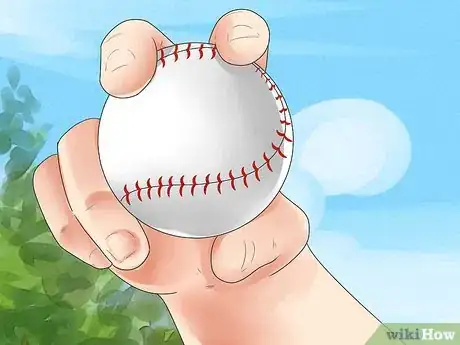
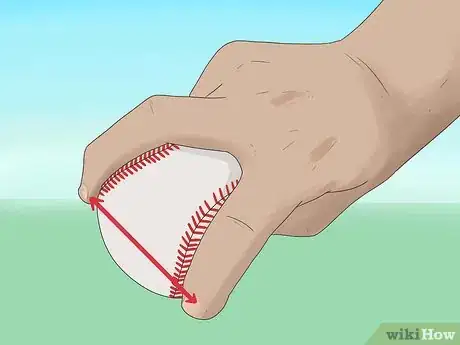
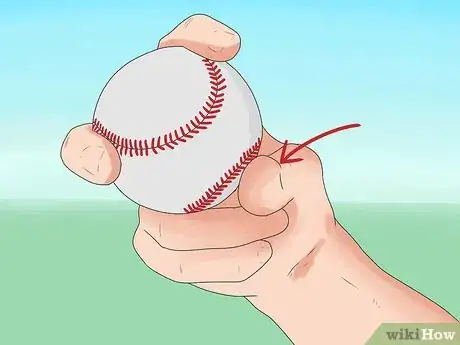

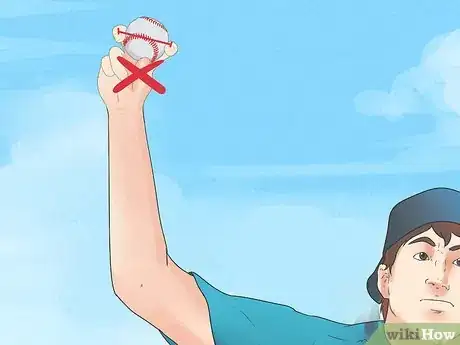
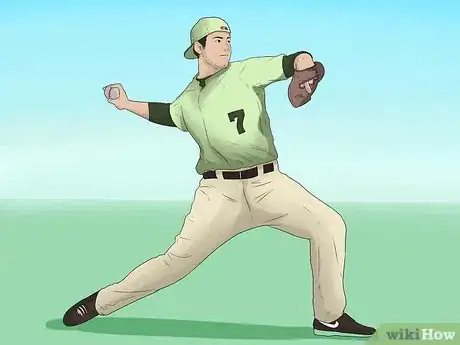
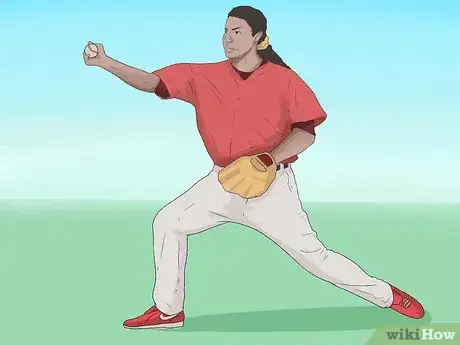
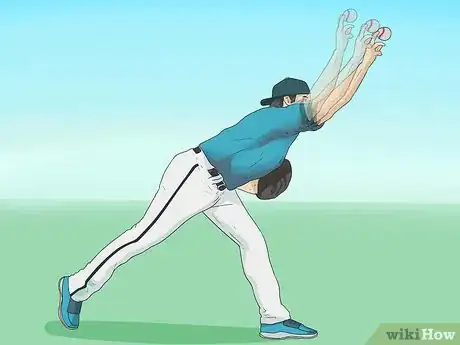

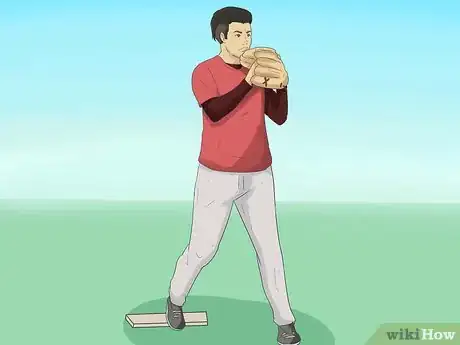
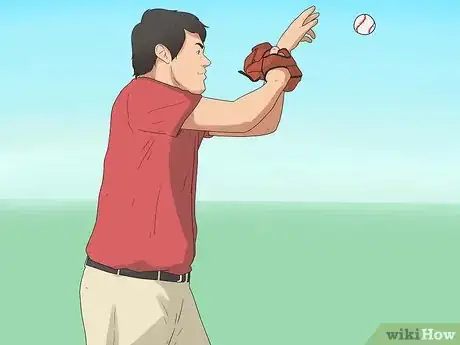
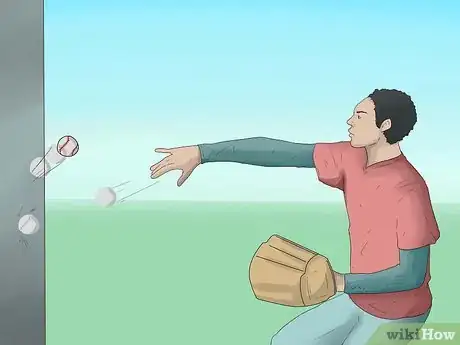
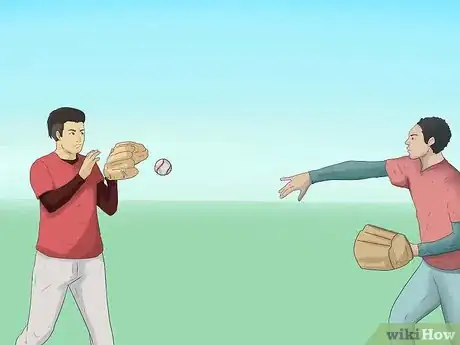
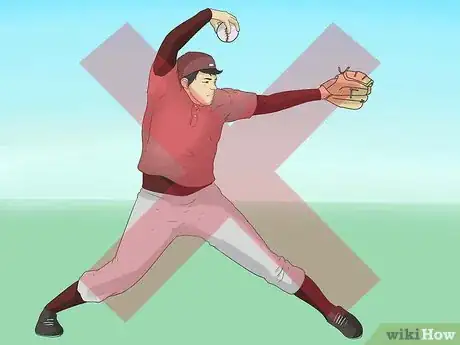



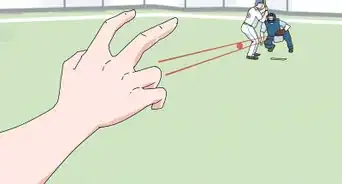
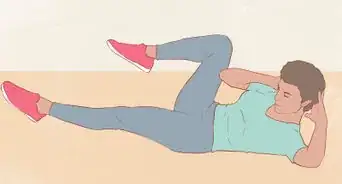
-Step-8.webp)
